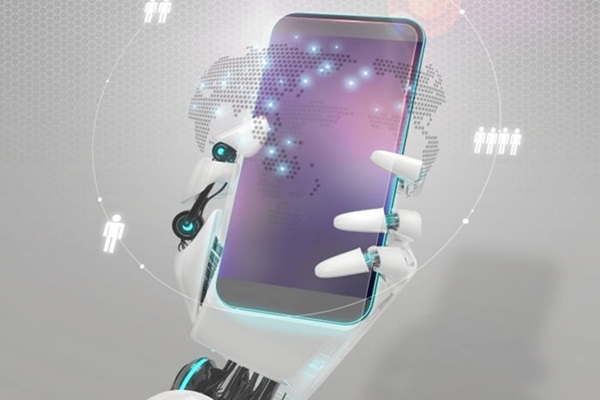AI (Artificial Intelligence) semiconductor chip, which resembles a structure of human brain, will be developed by South Korean Government as a national project. It will have high efficiency in energy and will be able to recognize objects on its own and even learn new material. If this semiconductor chip is developed, it will be applied to variety of areas such as self-driving cars, robots and others.
According to South Korean Government and related industries on the 25th, ETRI (Electronics and Telecommunications Research Institute) has started on a national project involving development of AI semiconductor chip that imitates human brain. Businesses specializing in software, semiconductor fabless, and design house are participating in a development consortium. This national project is one of ten ICT R&D businesses that are being promoted by MSIP (Ministry of Science, ICP and Future Planning) in 2016 and is named as ‘Development of Nerve-Imitating Cognition-Type Mobile Computing Intelligence-Type Semiconductor Technology’. After being announced publically in January, ETRI was selected as the organization that will supervise over this project. Total of $10.4 million (12 billion KRW) will be invested for 4 years until 2019.
Human brain is made up of 10 billion neurons and 10 trillion synapses. Although it is impossible to directly compare neuron’s processing speed, which is 10 times per second (10 Hz), to a current CPU that can process arithmetic calculations in GHz, it is specialized for calculating large calculations in particular and especially for performing ability of artificial recognition as huge amount of structures of parallel connection is formed in a neuron.
ETRI is planning to implement large size of neurons and synapses through semiconductor circuit and make Deep Learning possible through single chip at the same time and maximize ability of visual recognition that perceives objects. ETRI’s goal is to develop a chip that can recognize 100 objects (users can set up which objects they want such as cars, signs, people, obstacles and others) with an accuracy of 85% in real-time and use only small amount of electricity at the level of milliwatts (mW). ETRI is expecting that this chip will be used for self-driving cars, robots and others in the future.

“Currently most of AI infrastructure operates based on Cloud and ETRI is developing a semiconductor chip that can implement AI through single chip without any network connection.” said Manager Uhm Nak-woong of ETRI’s ICT’s Component and Material Research Institute.
“Google’s AlphaGo, which won its Go battle against Lee Se-dol, has high electricity consumption at 170 kW because it performs arithmetic calculations by using both CPU and GPU at the same time.” said a representative for this industry. “It is necessary to implement smaller amount of electricity consumption if one were to popularize AI.”
IBM has been doing research on developing a semiconductor chip that imitates human brain since long time ago by receiving financial support from DARPA (The Defense Advanced Research Projects Agency). Its 1st generation product that was first introduced in 2011 had 256 neurons and 260,000 synapses and had intelligence of a bug. TrueNorth, which was its 2nd generation chip that was announced in 2014, had electricity consumption of 70 mW, 1 million neurons, and 256 million synapses and showed intelligence at a level of a frog. IBM introduced a chip, which connected many TrueNorths together and implemented 48 million neurons and 12.3 billion synapses, in last August. This chip had intelligence of a level of a mouse.
According to ETRI’s economical analytic lab’s research material, value of market for a chip device that performs AI will grow from $3.83 billion (4.4 trillion KRW) this year to $11.1 billion (12.7 trillion KRW) in 2024.
Staff Reporter Han, Juyeop | powerusr@etnews.com